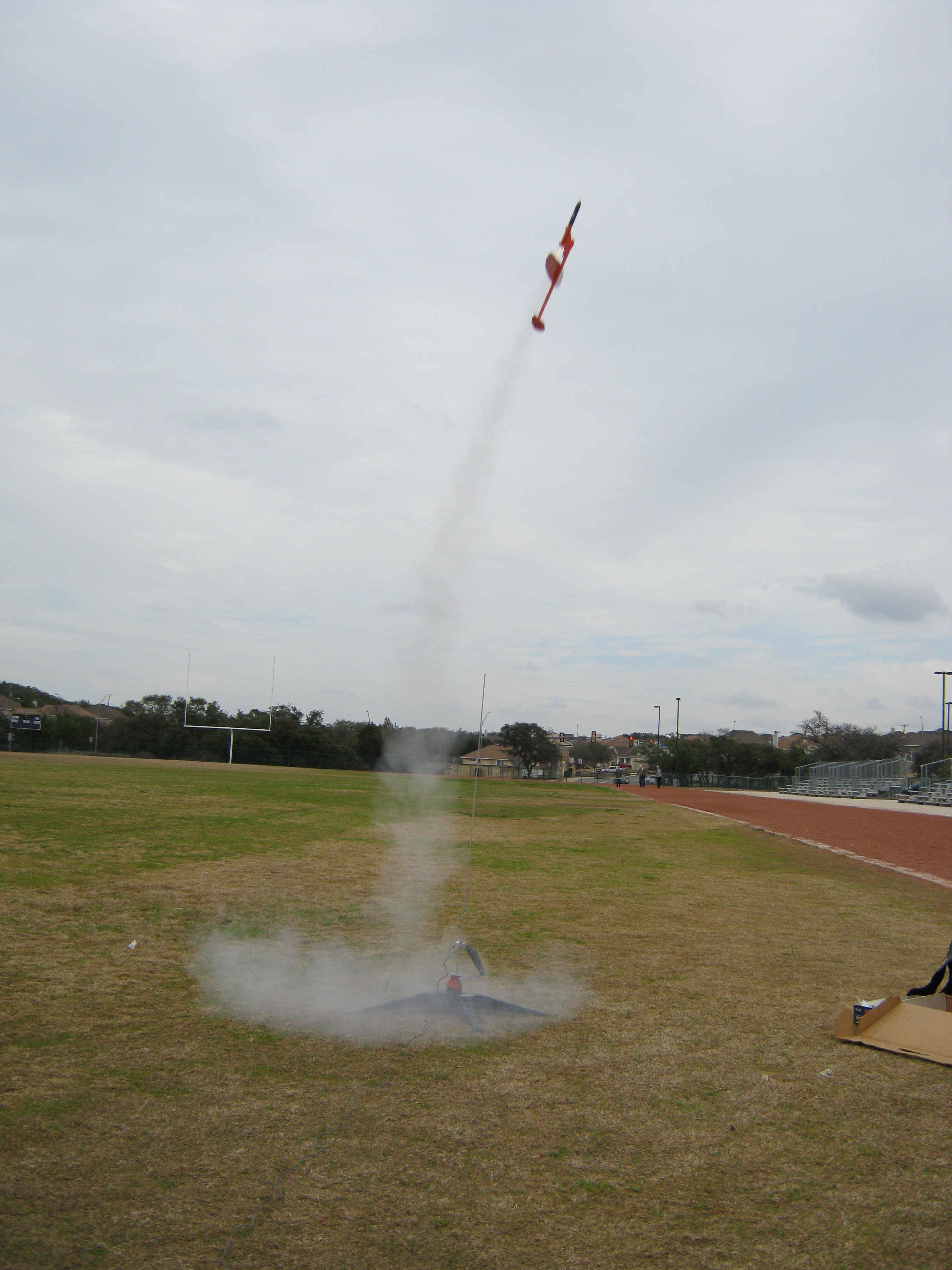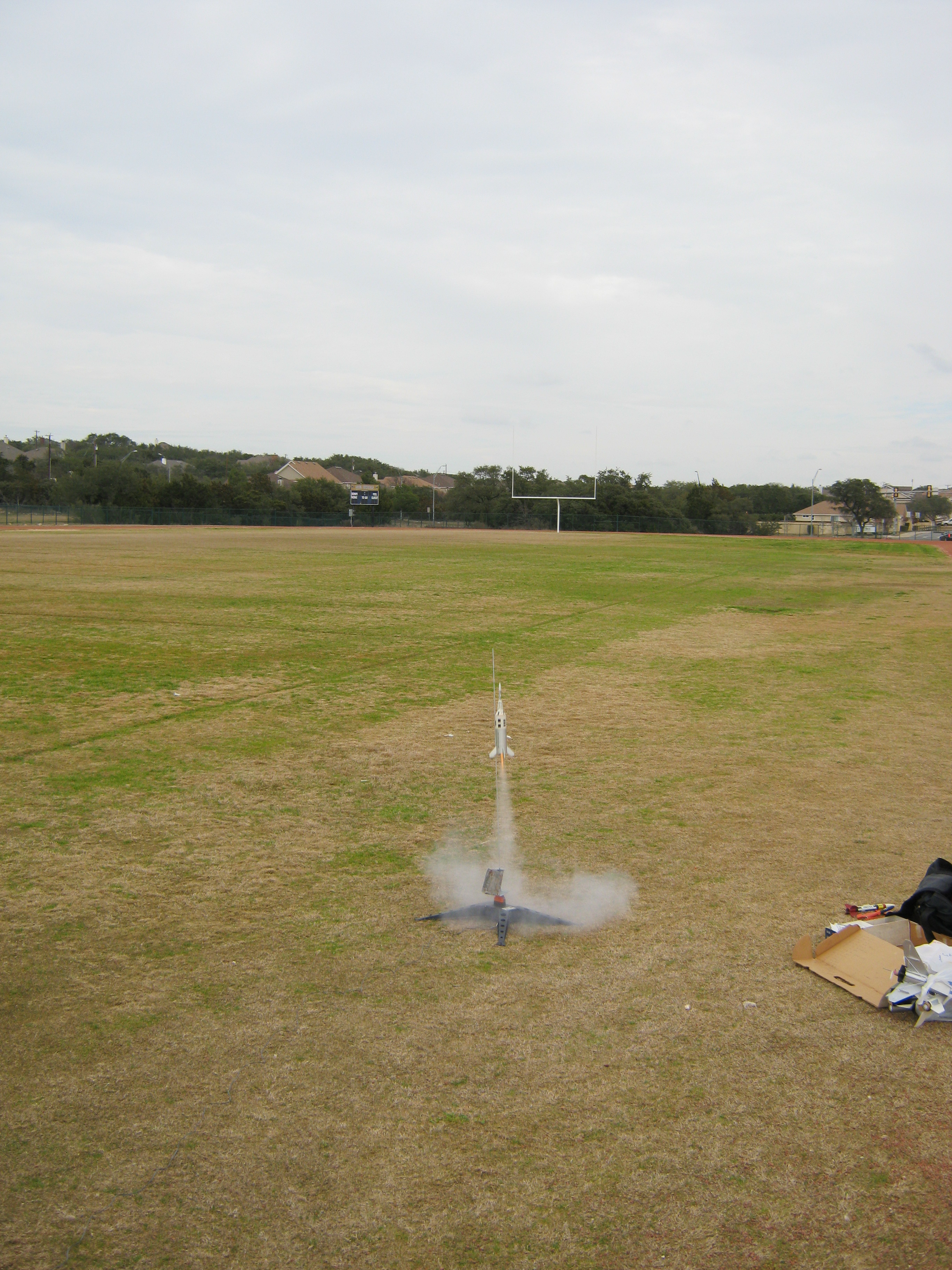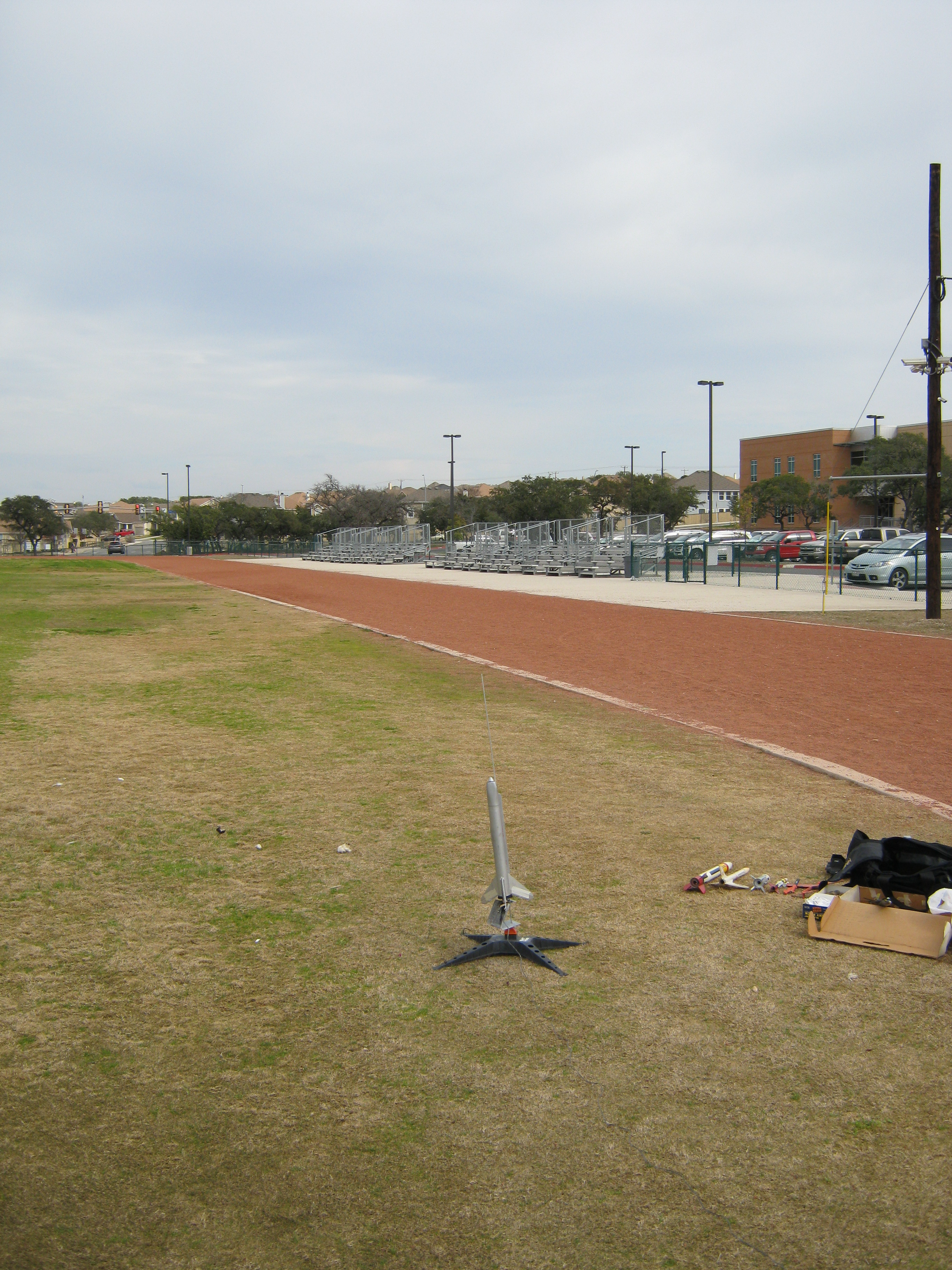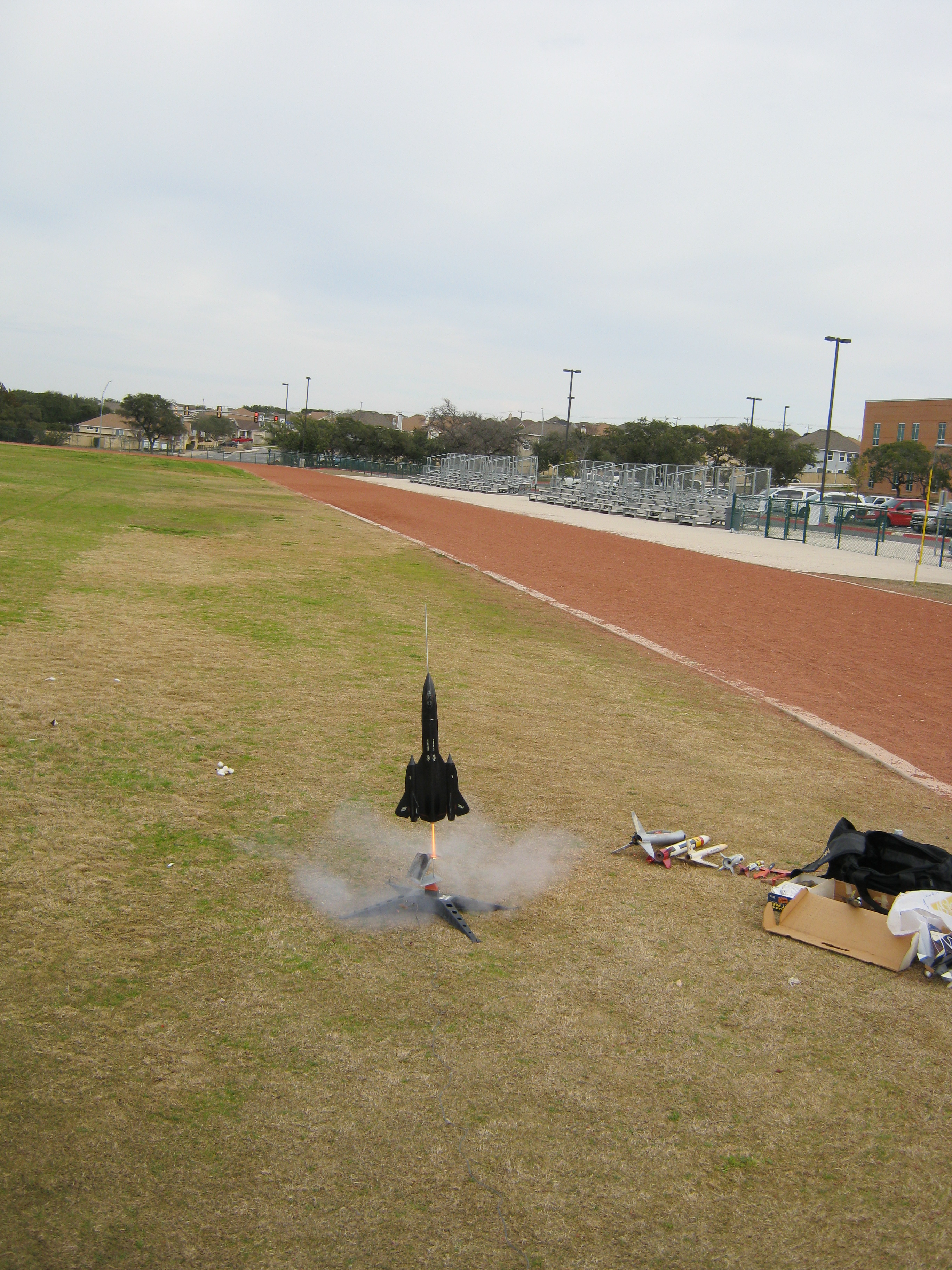-
Posts
8,142 -
Joined
-
Last visited
-
Days Won
16
Content Type
Profiles
Forums
Gallery
Downloads
Store
Everything posted by FastCargo
-

ANIMATION
FastCargo replied to DEVIL11's topic in Thirdwire: Strike Fighters 1 Series - General Discussion
Nice catch Florian! Though I'm not sure why those entries were changed...I just checked the downloads and the data.ini files for the Super Hornets have the correct animation entries. FC -

T-38s resurrected as aggressors for F-22s
FastCargo replied to Sparkchaser2010's topic in Military and General Aviation
JM is correct. Even if you manage to reproduce the aircraft exactly, rebuilding the jigs, milling machines, etc, I guarantee they would still have to flight test it and recertify it. And if you decide to incorporate modern technologies in construction and/or capabilities, it is now considered a whole new aircraft and must be put through the entire envelope and certification process. Why do you think they spent the money to pull the old T-38s out of the boneyard, after they had refurbished them when they got them back from the Taiwanese? I remember seeing those aircraft on blocks when we got them from the Taiwanese...they were in BAD shape. If you had seen a car in as bad a shape, you would have thrown it in a crusher and called it a day. But it was still cheaper to tear them down completely, inspect, clean, rebuild them and all the various parts, verses starting a whole new production line...because they were not considered brand new aircraft. Why also due you think companies campaign hard to keep production lines open...because once they shut down, they are expensive to restart. It's real friggin simple. It isn't that it is less expensive to start production on brand new old aircraft, it is that it is not cost-effective. Any savings you have is not worth the loss of capability compared to a clean sheet plane...it's better to start with a brand new aircraft that can incorporate the new technologies from the ground up verses trying to put them in an airframe not designed for them. Now, note this is different from retrofitting technologies into airframes you already have because you are not trying to restart (or build from the ground up) a production line. So, do you get it yet? If you look at the entire life-cycle cost of an aircraft, from first drawings to being cut up for scrap, the only difference in cost between a brand new old aircraft and a new aircraft is the initial R&D cost. And the more new technologies you incorporate into the new old aircraft, the smaller the savings gets. And if that new old aircraft gives you less capabilities than the new aircraft, it may in fact cost you more money on the operational side of things...further whitting down your savings. A real world example...the USAF is looking for a next generation replacement for the T-38, verses restarting the production line. One of the aircraft being strongly considered is the T-50 Golden Eagle. It looks sort of like a baby F-16, powered by a single F404. Anyway, one of our T-38 IPs went over to SK to evaluate it personally, including getting checked out to operate it and fly it. He came back extremely impressed: 1. It's MTBF rates are extremely low compared to current T-38s and even new model T-38s didn't rate as good. 2. Modern and integrated avionics similar to 4th/5th generation fighters. Results in smoother training transition. 3. Range and duration (plus capability to add drop tanks...to a dedicated trainer). Higher utilization rates...you can turn a T-50 faster because it does not need refueling between sorties unlike a T-38. 4. Flight envelope much larger than T-38. 5. Flight characteristics much more forgiving than T-38 in low speed regime. A T-38 takes almost 10 flights before you are considered good enough to not kill yourself landing. A T-50 will take about 3 flights...if that. The IP commented that he was 'greasing them on' on sortie 1...it was that easy to handle. The only reason the USAF hasn't already started replacing the T-38 with the T-50 is because of the high initial cost of each airframe verses the T-38s which are paid for and built. And that's pretty much it...I guarantee we get to a crunch point where the current T-38 will not be cost effective anymore because it keeps coming up with new ways to break, and it's out of here. Don't get me wrong...I love the T-38...I flew it for most of my USAF career. But it's like driving an MG. Imagine if you drove a brand new MG verses a brand new Mazda Miata...which would you want? What's going to be more reliable? Handle better? And not cost that much more (if any) than your brand new old MG. And if folks don't believe a new old build can cost just as much as a clean sheet vehicle...price out the parts to build a new old car (like a Ford Mustang) from scratch. You'd be surprised how much it costs...and that's doing most of the work yourself. FC -

ANIMATION
FastCargo replied to DEVIL11's topic in Thirdwire: Strike Fighters 1 Series - General Discussion
There is nothing wrong with the aircraft. You must assign keys to the animation commands in the Controls menu. FC -

A question about the engines.
FastCargo replied to mauricepiesligeros's topic in Thirdwire - First Eagles 1&2
I don't think so. FC -

Weapons number
FastCargo replied to DEVIL11's topic in Thirdwire: Strike Fighters 1 Series - General Discussion
Uh...2100? Devil, I have to ask, what is your native language? If it is something other than English and there are translation problems, we may have a forum that can help answer your questions more completely. FC -
The first time I went through that site, people were looking at me wondering what the hell I was laughing at. That's some funny stuff right there... FC
-
Feasibility isn't the issue, it's cost effectiveness because you're having to design and build yet another variant. FC
-
Unless you know how to build a new cockpit from scratch, the answer is, you can't. Also, in real life, the reason cockpit frames do not seem as thick verses what you see in a sim is because your binocular vision 'looks behind' the frame, effectively making the frame 'thinner'. For a demostration of this effect, stand near a pole (such as a stop sign) about 4-5 feet away, and focus beyond the pole. Then close one eye, note what you see, then the other eye, note what you see, then view normally. You'll see that you can 'see' a lot more 'behind' the pole with both eyes than with one eye. You don't have that advantage in a sim, because everything is at the same focus distance. So if a cockpit is built accurately, it will appear to be 'thicker' than the real thing. You can either live with it, or artificially 'shrink' the frame, IF you have the 3ds MAX file. FC
-
No kidding...I was in friggin CANADA last week and I was warmer there than I am here right now...sheesh! FC
-

Persian Gulf?
FastCargo replied to ace888's topic in Thirdwire: Strike Fighters 2 Series - General Discussion
Guess the Langoliers were hungry? Sorry, couldn't resist... FC -

China's Air Force using TOP GUN footage
FastCargo replied to MAKO69's topic in Military and General Aviation
Not like we didn't talk about it already... http://combatace.com/topic/61558-chinas-new-aircraft-and-no-one-here-talks-about-it/page__view__findpost__p__471763 FC -
I really don't understand this ... it ends up driving up the costs because you're making yet ANOTHER variant. It would be different if Canada was planning on force projection, but I don't see that here. If you're talking mainly just continental defense, and you wanted to save money, Super Hornets would be cheaper and more effective overall I think because the logistics and support pipeline is already partially established. FC
-
uncleal, You are free to leave if you don't like our policies. We don't force folks to stay. There are certainly alternatives to where you get your daily dose of the internet. FC
-

T-38s resurrected as aggressors for F-22s
FastCargo replied to Sparkchaser2010's topic in Military and General Aviation
Why does everyone assume that? Folks, as anyone in the aircraft industry can tell you, regenerating a brand new aircraft, even if based on and old design, is EXPENSIVE. Ask the Russians about restarting the An-124 production line..estimated to cost 50 billion dollars. And that's for an aircraft with commercial applications, making several dozens of them, and still having the plans, production jigs and available facilities. FC -

SF2 Screenshot Thread
FastCargo replied to Stary's topic in Thirdwire: Strike Fighters 2 Series - General Discussion
Well, it really isn't 'made up' per se...it is an actual proposal for a VTOL fighter by Convair in the early 70s: http://combatace.com/topic/28855-convair-200a-vstol/ There isn't much on the internet about it, you can Google "Convair 200A sea control" to get some textual descriptions of its purpose and ultimate outcome. The better references are in books such as "American Secret Projects". The answer is...probably. Would it have flown to specifications? Difficult to say. If you look closely, it resembles the Viggen in general layout, and would have been of the same to slightly later vintage. Now, it is a VTOL aircraft, so that would have added to the complexity, but considering VTOLs (including those with lift fan engines) already existed by this point, the technology curve would not have been insurmountable. The actual effectiveness would have been a different story, and since I don't think it ever got to mockup stage, it is hard to say what would have been like in service. FC -

Lightning Speed
FastCargo replied to Mig_eater's topic in Thirdwire: Strike Fighters 2 Series - General Discussion
Well, remember there are several parameters you need to adjust. First, remember that the [FlightControl] section is mainly for the AI to fly the aircraft in parameters. It does a secondary job of keeping the aircraft within limits through a crude decreasing thrust curve (or pitch down moment for altitude limits) that overrides the charts. I find this can be problematic for aircraft that have limits that are dictated by other than thrust or drag (thermal or other considerations). I tend to raise the limits in the AI section and manipulate the FM tables to get the performance I want (ie I should be able to exceed Mach 1 in dry thrust in a shallow dive, even though I don't in level flight for a particular aircraft). Anyway, speed limits (discounting the [FlightControl] section) are determined by the following: Base coefficients: CD0 - Zero-lift drag coefficient CDL - Drag coefficient due to lift (induced drag effect) SLThrustDry - Non-AB Thrust at Sea Level SLThrustWet - AB Thrust at Sea Level Chart coefficients (used as multipliers): CD0MachTable - Zero-lift drag coefficient multiplier (of CD0) vs Mach number CDLAlphaTable - Total drag coefficient multiplier vs AOA AltitudeTableData - Thrust data multiplier for altitude DryMachTableData - Thrust data multiplier for Mach (Non-AB) WetMachTableData - Thrust data multiplier for Mach (AB) So, several things we can take away from this: One, speed calculations can get VERY complex, dependent on Mach, altitude and AOA. Two, and I see this mistake made a lot, reducing CD0 to almost nothing means that even with massive CD0MachTable chart manipulation, your actual drag values simply won't change that much. Three, AOA can make a big difference, which can be directly manipulated in level flight by weight. An aircraft that can't supercruise at full internal fuel weight may be able to with 25% internal fuel weight, because you need less AOA, because your total lift requirement has decreased. Four, the resolution of the charts a lot of times isn't good enough. I've been using a standard of 0.1 Mach resolution for the Mach tables, and 1000 meters for the altitude tables...using LOTS of interpolation. Five, a final recommendation for 'at the limit' evaluation is to jack up the values in the [FlightControl] section real high, so you can get a better idea of how the numbers are really working without any artificial limits interfering...sometimes guys forget and wonder why their manipulations aren't changing anything... For the Lightning, I was playing with it just a little and I think the 2.095 Mach limit is kicking the thrust reduction in a little soon...I've been hovering right at 1.99 Mach at 45k feet. I'd say try jacking the Mach Limit up to 2.2 in the [FlightControl] section to see if that helps. FC -
It's a solid rocket fuel based on black powder. Here's a primer on rocket engines: http://www.hobbylinc.com/rockets/info/rockets_enginefacts.htm Basically, the engines are completely self contained and pre-packaged. You don't do anything except put them in the rocket and use them, then dispose of them...no hazardous mixing of chemicals or complicated ignition procedures. Estes rockets were the rocket company for small rockets back in the day... Unfortunately, model rocketry is kind of a dying hobby like a lot of hobbies that require time, patience and skill. It simply takes too long and too much effort to build nice models. The only advantage is that rocketry is still very cheap. Once your skills have progressed sufficiently, pretty much the only specialized products you need are the nose cones, body tubes, and engines (and if have experience with lathing...you can even make your own nose cones). Everything else can be built or constructed from cheap hardware store materials...even launch systems. http://en.wikipedia.org/wiki/Model_rocket FC
-
...model rockets that is. My older son is getting to the age to be able to start watching and enjoying model rockets, if not quite old enough to build them properly yet. So, I dug out my old model rockets. Now, realize that I hadn't done any sort of rocket building or flying since 1996. But I used to be seriously into rockets, even had started into LDRS territory. Still collected kits, but like my plastic models, they sit gathering dust because of lack of time. So, it was old nostalgia week as I broke into the storage area to dust off the 'flyables' and get them ready: Kind of an overcast day, but the winds were relatively mild. However, finding a decent amount of room is still tough to do around here. There are some soccer fields a little further away, but this school field/track was within walking distance. So the wife and the 2 boys went there today. First flight for this one, a nice boost glider. The delay was a little long (my fault), and I thought it was going to prang in, but it popped just in time for the glider to get good air and the engine pod to recover nicely. This model was probably one of the more delicate, but it flew and landed just fine...better than some of the other models did... First flight for this one, a scale replica of the Little Joe II (a rocket used to test the escape system on the Apollo). Again, too long of delay, but the chute popped over the grass with just enough time to slow the impact. Result, the escape tower broke, but cleanly, so was able to repair on site. Now that she's flown...she goes back on display. Those towers are too delicate... Semi scale model of the Patriot in prototype colors...flew fine, but came down on the track instead of the field, breaking a fin. Clean break, fixed at home. Laying on the ground next to it (the white rocket) is what I've come to call 'old reliable'. It's a rocket I got 24 years ago, and it's been a steady flier. Flies straight, has always been recovered, outlasted several parachutes and shock cords...makes a nice demo rocket, even if it's a bit worse for wear. Took a pic a little too early, this is a boost glider based on the NASA A-7 that they were going to use for swing wing testing, except the swing wing used a single pivot (yep, one tip would go forward, the other backward). For this boost glider, it takes off with the wing parallel to the fuselage, then when the engine pod pops, the wing swings to 90 degrees to the wind and the aircraft glides down...in theory. Unfortunately, this one took the top part of the launch rod with it, causing a death spiral. Did less damage than I thought it would (considering it came down in the parking lot)...the nose took most of the impact. The nice thing is, it's a standard diameter body tube, and except for the A-7 nose, the rest of the model is standard parts I can make out of stuff from a hardware store. Worse case, I can keep the nose and rebuild the whole thing with brand new parts... SR-71 model...not a boost glider (too bad). Nice model, and flew very well considering it's weight. High winds caused it to drift farther than I wanted, but we were able to recover it with no damage. First flight...a ready to fly X-15. Flew nice, but chute didn't open completely, coming down a little hard. The chute issue plagued most of the flights today, even though I had dusted them the night before. I think they needed more powder to facilitate them opening better...most of them sat a LONG time and that can be tough on mylar when it's crunched up in a tube... Semi scale Shuttle/ET/SRB combo. Shuttle is a glider that separates. Flew okay but popped later than expected...over the parking lot, not the field. Shuttle came down okay, but ET/SRB came down hard. ET/SRB will need extensive repair/repaint. And since most of the stuff (tubes, nose cones, etc) are unique, it means once it's all repaired and repainted, she'll be a display only bird...but she did at least fly a few times. Not pictured but brought/flown: Estes Scout - Flew straight, high on a C6-5...and promptly disappeared after the ejection charge. Got it from a friend of mine who was cleaning out the closet. Painted a dark grey...probably not the best color to fly on a day like today. Presumed intact...just missing. Mini-Patriot - Semi scale Patriot (even smaller) using 1/2A engine. First flight of the day to test winds. Flew great, no issues on recovery. Bomarc (not flown) - Rebuilt version of kit, converted to "D" power. Works great as Astrocam lofter - not flown due to increasing winds Defender (not flown) - 2 stage "D" power bird, also a Astrocam lofter - not flown due to increasing winds Rockets are cheaper to build and fly than RC, but it still sucks when you break em. I still have a lot of kits, including a few high power ones, and have built and flown my 1/5 scale Patriot (yes, I have 3 different sized Patriot missiles). That one is a lot of fun...a 4 "D" power cluster that roars off of the pad...obviously I didn't fly it today. Anyone else still have the rocketry bug? FC
-
I can see this thread deteriorating pretty quickly. It'll be moved into the Arena if it gets ugly. FC
-
JM, We found out the exact same way, I still remember the look of shock on our English teacher's face at the moment of the announcement. FC
-

T-38s resurrected as aggressors for F-22s
FastCargo replied to Sparkchaser2010's topic in Military and General Aviation
The thing is, the T-38 isn't a perfectly good airplane...not anymore. We are starting to get a lot of single point failures that were simply not anticipated by Northrop (imagine telling the original designer his aircraft would still be getting used at the same flight rate 50 years later). It's getting more and more expensive to continue to keep the aircraft flying, especially since the aircraft and parts production lines were shut down long ago. There are other aircraft that can do the job better (the USAF started evaluations a long time ago) and that already are in production, the problem is the high initial cost doesn't yet offset the savings generated by lower MTBF rates. FC -

Speaking of Helo's in SF2
FastCargo replied to Dave's topic in Thirdwire: Strike Fighters 2 Series - General Discussion
The way the sim handles skids is problematic I've noticed when aircraft are parked. Invisible 'wheels' is a good option. I have some other thoughts, but I haven't tried them yet. FC











